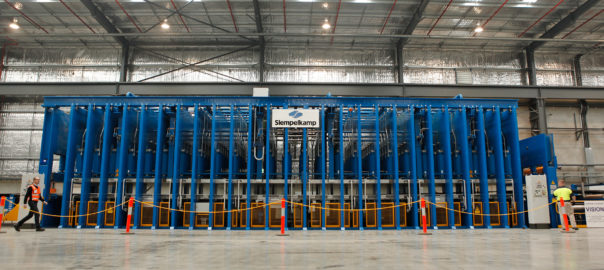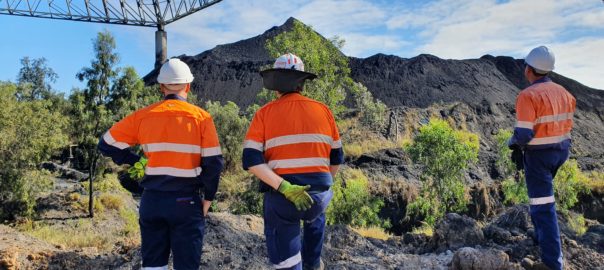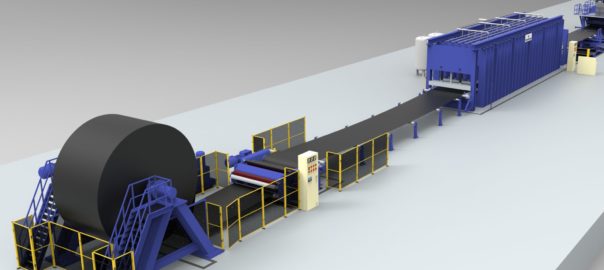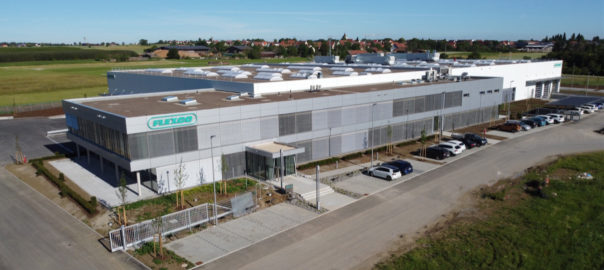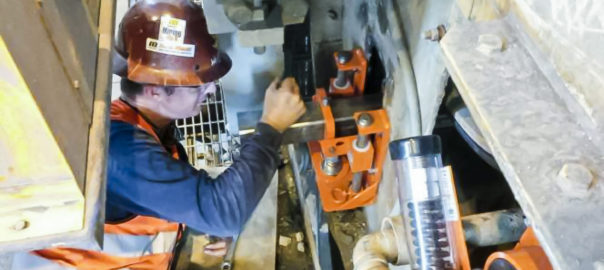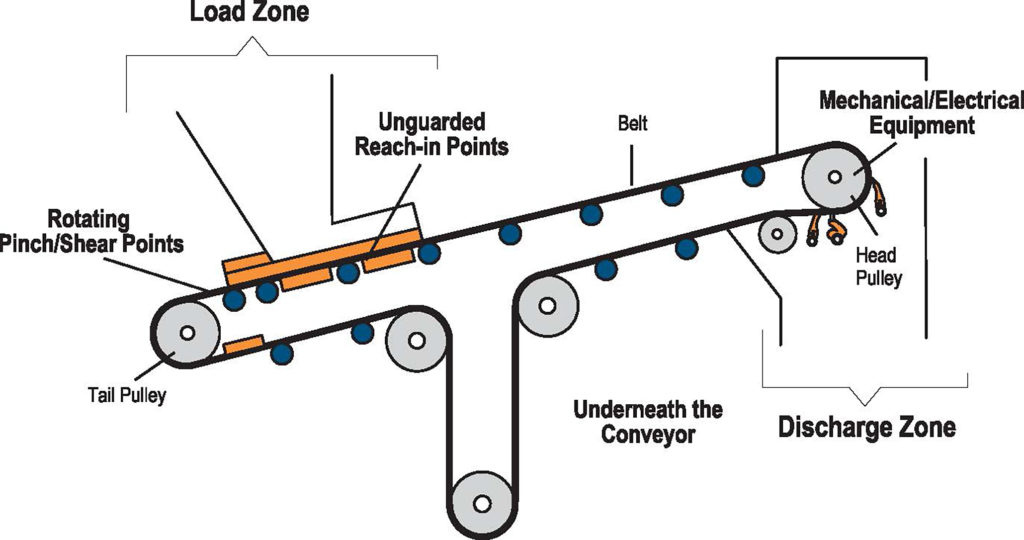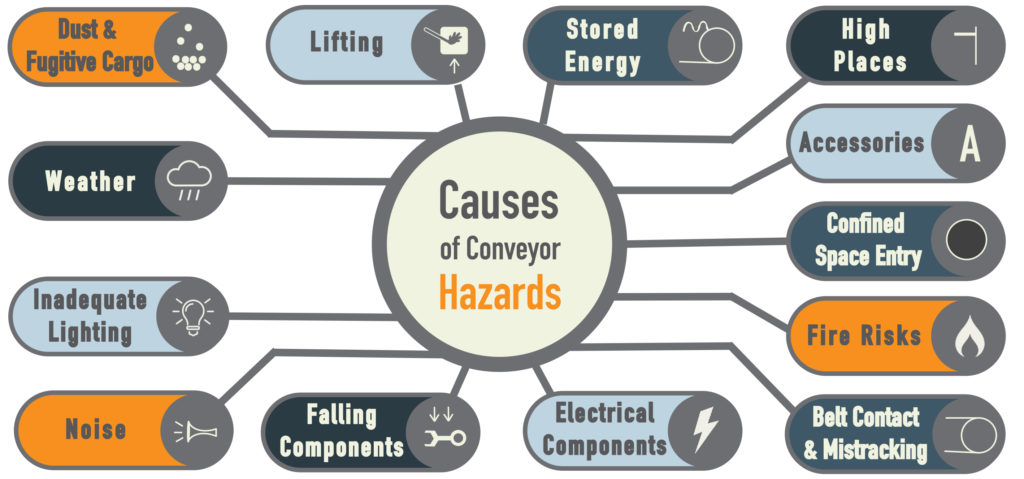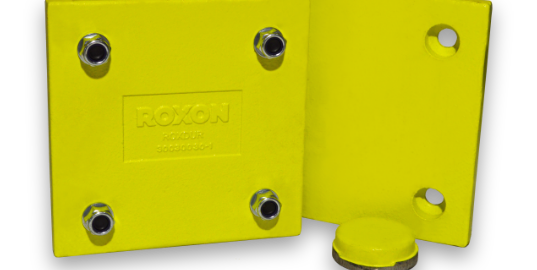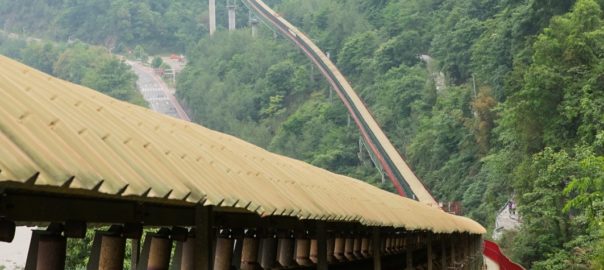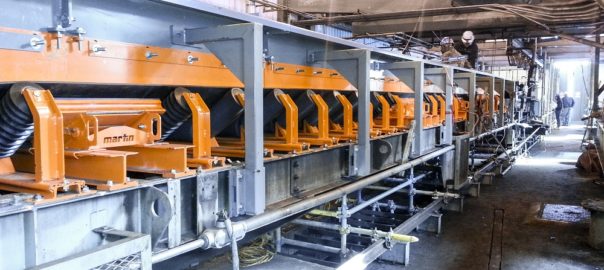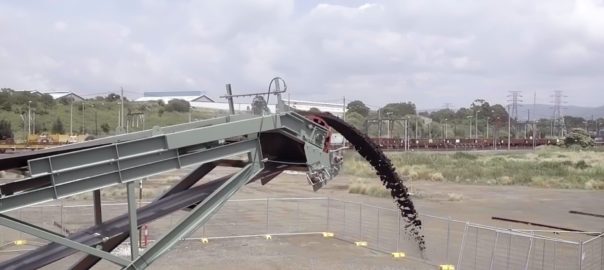Siempelkamp is to help Fenner Dunlop expand its Kwinana facility in Western Australia with the delivery of a new steel cord conveyor belt press line including a multi-cylinder press.
Fenner Dunlop, only last month, announced it would again expand this facility, with a third steel cord press line set to boost capacity by 50%.
With this new project, both companies continue their long-standing cooperation in the production of high-quality steel cord conveyor belts, Siempelkamp said. The scope of supply includes the whole production line, especially the multi-cylinder press, which provides, as with both existing press lines from Siempelkamp at this facility, an “outstanding pressure distribution” during the full curing process, it said.
“This state-of-the-art press technology enables our customer to cure conveyor belts from 5-50 mm thickness, providing a unique process accuracy and stability which cannot be achieved with other, traditional press concepts,” the company said.
The entire machine and process control technology has been developed, tested and implemented by Siempelkamp when it comes to hardware and software. Installation and start-up of the new press line is scheduled for 2021.
“With the new Siempelkamp press line, Fenner Dunlop once again demonstrates its commitment to the growing market for conveyor belts in Australia, a country rich in raw materials,” Siempelkamp said. “The use of conveyor belts, compared to the conventional ‘truck and shovel operation’, results in considerable CO2 savings when transporting the billions of tonnes of kilometres of bulk materials within the mines, between mine loading stations, and within the loading ports.”
Since 2006, companies of the Fenner Dunlop Group in Australia and the USA have been relying on Siempelkamp expertise in the area of presses for textile or steel cord conveyor belts, Siempelkamp said.
In 2011, the Fenner Dunlop Australia subsidiary placed an order for a complete steel cord line for conveyor belt production as part of an initial expansion of the Kwinana plant. With this first line, Siempelkamp said it set three records at once: the world’s largest conveyor belt press, the strongest press in the plastics and rubber industry, and the first multi-cylinder press for the Australian market.
“The multi-cylinder press concept provides plant operators with a particularly even pressure distribution which leads to a more stable process control and thus to more uniform product qualities,” Siempelkamp said. “With this new production line, as in both the existing press lines at this manufacturing facility, the creel is equipped with twice the required maximum number of steel cord let offs to provide a higher flexibility and a quick changeover with respect to the production settings.”
This design effectively eliminates several hours of downtime for loading and unloading of the creel and dramatically increases the number of usable production hours of the whole production line, according to Siempelkamp.
The new project was initiated by the intensive cooperation between the Australia Siempelkamp subsidiary, headed by Geoff Robson, and the Siempelkamp sales team in Krefeld, Germany. Negotiations and design were conducted during COVID-19 lockdowns.
Steffen Aumüller, Sales Manager at Siempelkamp, said: “With this order, we are pleased to continue a successful co-operation in a special application and to support Fenner Dunlop Australia, member of the Michelin group, with our technology.”







